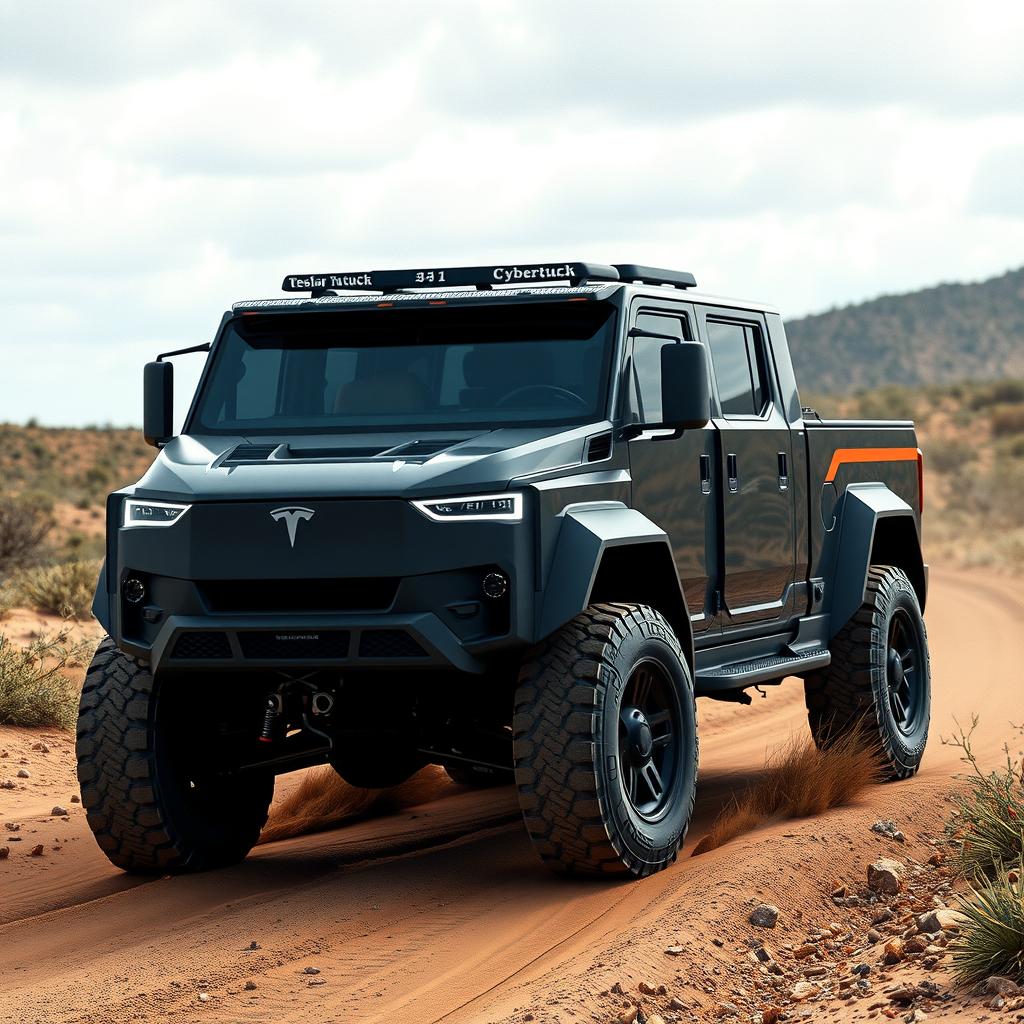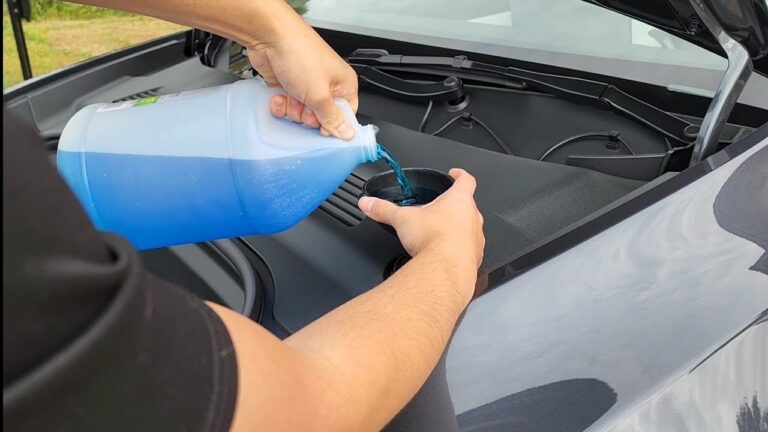Are Tesla Cars Good In The Winter?
Are Tesla Cars Good in the Winter? Let’s Find Out
If you live in a region that experiences harsh winters, you may be wondering whether a Tesla is a good choice for cold weather driving. Tesla cars are known for their impressive performance, but are they good in the winter? In this article, we’ll break down how Tesla vehicles handle winter conditions, including snow, ice, and freezing temperatures. We’ll also explore the features that make Tesla a viable option for winter driving, and how to get the best performance out of your Tesla in winter conditions.
How Do Tesla Cars Perform in Winter Conditions?
Winter driving comes with unique challenges. Snow, ice, and freezing temperatures can make the roads slippery and reduce visibility. The performance of any vehicle in winter weather depends on factors like traction, battery efficiency, and the ability to handle cold temperatures. Fortunately, Tesla cars are designed with several features that help them perform well in winter conditions. However, it’s important to understand the specifics of how they handle snow, cold, and icy roads.
Let’s take a closer look at some of the key aspects of Tesla’s performance in winter conditions:
- All-Wheel Drive (AWD): Many Tesla models come equipped with AWD, which can help improve traction on slippery roads.
- Battery Management: Cold temperatures can affect electric vehicle battery performance. Tesla has built-in systems to help mitigate this.
- Regenerative Braking: Tesla’s regenerative braking system can be both helpful and challenging in winter driving conditions.
- Winter Tires: Proper tire choice is critical for winter performance.
Now, let’s dive into these aspects in more detail to see how Tesla vehicles perform in the winter.
All-Wheel Drive: How Does It Help Tesla in Snow?
One of the biggest advantages that Tesla has for winter driving is its availability of all-wheel drive (AWD) on several of its models. AWD is essential for providing better traction and stability when driving on snow and ice. Tesla’s AWD system uses two electric motors—one for the front wheels and one for the rear wheels. This allows the car to send power to the wheels with the most traction, improving control and stability on slippery surfaces.
Models like the Tesla Model S, Model 3, Model X, and Model Y all offer AWD options. For instance, the Model 3 and Model Y come with dual-motor all-wheel drive that helps distribute power efficiently, giving the car better traction on snowy and icy roads. AWD is a crucial feature for improving performance in winter weather, especially for drivers living in areas with heavy snowfall or freezing conditions.
Battery Management: Does Cold Weather Affect Tesla’s Battery?
While Tesla’s vehicles are equipped with advanced technology and great traction systems, cold weather can still affect their performance. Cold temperatures can impact battery efficiency, leading to reduced range and slower charging times. This is a common issue for all electric vehicles, not just Teslas.
Tesla has designed its vehicles with a thermal management system that helps regulate battery temperature. When driving in cold conditions, the car uses energy to keep the battery at an optimal temperature, ensuring that the car performs well and charges effectively. This system helps prevent range reduction in cold weather, though some loss of range can still occur. Typically, during extreme cold, you may see a decrease in range of around 10-20% depending on the temperature.
How to Manage Tesla’s Range in the Winter
There are several things you can do to help mitigate range loss in cold weather:
- Precondition the Battery: Tesla allows you to precondition the battery, which means you can heat the battery while it’s still plugged in before driving. This reduces energy use when you start the car.
- Keep the Battery Charged: It’s a good idea to keep the battery charge between 70% and 90% in winter, which helps optimize performance.
- Use Tesla’s Energy-Saving Features: Tesla offers features like Range Mode, which limits the energy used for non-essential systems like heating. This can help you get the most out of your battery in cold conditions.
By taking these steps, you can help ensure that your Tesla performs well in cold temperatures and that range loss is minimized.
Regenerative Braking: How Does It Affect Winter Driving?
Another feature of Tesla cars that can be both beneficial and challenging in winter conditions is regenerative braking. Regenerative braking allows the car to convert kinetic energy into electrical energy, which is stored in the battery. This helps extend the car’s range by recovering energy during braking.
However, regenerative braking can be more sensitive in winter driving conditions, especially on icy or snowy roads. In certain situations, regenerative braking can cause the car to decelerate too quickly, which may result in a loss of traction or cause the car to skid. Fortunately, Tesla allows you to adjust the strength of regenerative braking through the car’s settings, so you can reduce its effect in slippery conditions.
Tips for Managing Regenerative Braking in Snow
- Set Regenerative Braking to Low: In slippery conditions, setting regenerative braking to a lower level can help prevent abrupt deceleration and reduce the risk of losing traction.
- Be Mindful of Braking: Even with reduced regenerative braking, it’s important to drive cautiously, especially in snowy conditions. Avoid sudden braking or acceleration to maintain control of the vehicle.
By adjusting the regenerative braking settings, you can enjoy the benefits of energy recovery while still maintaining control on snowy and icy roads.
Winter Tires: Do I Need Them for My Tesla in Snow?
While Tesla’s all-season tires are suitable for mild winter conditions, they may not provide the optimal performance needed for heavier snow or ice. For those living in areas with heavy snow, it’s highly recommended to use winter tires, which are specifically designed to perform better in cold, snowy, and icy conditions.
Winter tires are made with specialized rubber compounds and tread patterns that provide better grip on snowy and icy surfaces. They also maintain flexibility in colder temperatures, unlike all-season tires that harden in freezing weather and lose traction. Winter tires significantly improve safety and control when driving in snow and ice, and they are an essential investment if you plan to drive your Tesla regularly in harsh winter conditions.
Is Tesla a Good Choice for Winter Driving?
So, are Tesla cars good in the winter? The answer is yes, but with some caveats. Tesla vehicles are equipped with advanced features like all-wheel drive, thermal battery management, and regenerative braking that help improve their performance in snow and cold temperatures. However, for optimal winter performance, it’s important to take a few additional steps, such as installing winter tires, managing battery efficiency, and adjusting regenerative braking settings.
For drivers who live in regions with harsh winters, Tesla’s AWD system, along with its efficient handling and thermal management, makes it a strong contender for winter driving. With proper preparation, a Tesla can handle snow, ice, and freezing temperatures just as well as, if not better than, many traditional vehicles.
In conclusion, Tesla cars are a great option for winter driving, particularly if you equip them with winter tires and take steps to manage range and battery performance. With the right preparation, a Tesla can provide a safe, reliable, and enjoyable driving experience in snow and ice.

How to Improve Winter Performance of Your Tesla
While Tesla cars are designed to handle winter driving fairly well, there are a few tips and tricks to ensure that your car performs optimally during the cold months. Here are some key ways to improve your Tesla’s performance in snow and icy conditions:
1. Install High-Quality Winter Tires
As previously mentioned, winter tires are crucial for enhancing your Tesla’s performance in snow and icy conditions. All-season tires simply aren’t as effective as winter tires in freezing temperatures, as the rubber compounds are designed to stay flexible even in extreme cold. Winter tires also have deeper, more aggressive treads that provide better grip on snow and ice.
If you live in an area that experiences heavy snow and ice, switching to winter tires is one of the best investments you can make for your Tesla. Many Tesla owners report improved traction, handling, and braking when they equip their vehicles with winter tires during the colder months.
2. Precondition Your Tesla Before Driving
One of the unique features of Tesla cars is their ability to precondition the battery and cabin. In cold weather, it’s especially important to precondition the car while it’s still plugged in. This means warming the battery and interior before you start driving, which helps the battery reach its optimal temperature for performance. It also makes the car more comfortable to drive by warming up the cabin.
You can precondition your Tesla using the mobile app, allowing you to set the temperature and ensure the car is ready to go when you need it. This feature can help reduce the impact of cold temperatures on the battery’s performance and extend your vehicle’s range during winter months.
3. Drive Conservatively in Snowy Conditions
While Teslas are powerful vehicles with impressive acceleration, it’s important to drive conservatively during winter conditions. Sudden acceleration, sharp turns, or aggressive braking can cause your Tesla to lose traction, especially if the roads are icy or snow-covered.
It’s a good idea to drive more slowly and allow for extra stopping distance in snowy conditions. Gradually accelerating and braking smoothly will help maintain control of your vehicle and prevent the tires from slipping. Additionally, using Tesla’s regenerative braking in low mode will prevent rapid deceleration and help maintain better control in slick conditions.
4. Monitor Tire Pressure Regularly
Cold temperatures can cause tire pressure to drop, which can affect your Tesla’s performance. Lower tire pressure results in less traction, and underinflated tires may wear out more quickly. Since Tesla uses tire pressure monitoring systems (TPMS), you’ll receive alerts when the tire pressure is low, but it’s still a good idea to manually check your tire pressure regularly, especially during the winter months.
Maintaining the correct tire pressure is essential for optimal handling, safety, and performance, especially in snow. Make sure to check the recommended pressure in the vehicle’s manual and adjust it as needed.
Winter Driving Tips for Specific Tesla Models
While all Tesla vehicles share some similar features, the driving experience and winter performance can vary slightly depending on the model. Let’s take a look at how different Tesla models handle snow and winter conditions:
Tesla Model S
The Tesla Model S is a luxury electric sedan that performs well in snow, especially when equipped with the dual-motor all-wheel-drive (AWD) option. The Model S offers impressive acceleration and a high top speed, but its low center of gravity and advanced battery system also help maintain stability on slippery surfaces. It’s an excellent choice for winter driving if equipped with winter tires, and the AWD system provides enhanced control and traction in snowy conditions.
Tesla Model 3
The Tesla Model 3, while more affordable than the Model S, is still a solid option for winter driving. The Model 3 comes with AWD versions that provide excellent traction in snow, and its nimble handling makes it easy to navigate in tight, snowy roads. While the range can be affected by extremely cold temperatures, the Model 3 is still more than capable of handling winter weather with the right preparation, including winter tires and battery preconditioning.
Tesla Model X
The Tesla Model X, a large SUV with a higher ride height, is another excellent option for winter driving. With its dual-motor AWD system, the Model X offers superior traction in snow and ice. The large cabin provides plenty of space for passengers and luggage, making it a great option for winter road trips. As with all Teslas, equipping the Model X with winter tires and preconditioning the battery can help ensure optimal performance in cold temperatures.
Tesla Model Y
The Tesla Model Y, a smaller SUV, is an excellent choice for snowy conditions, thanks to its low center of gravity and AWD capabilities. The Model Y offers great performance and range in winter, and its spacious interior provides ample room for passengers and gear. Whether you’re driving through light snow or heavy accumulation, the Model Y offers an enjoyable winter driving experience when properly equipped with winter tires.
Is Tesla’s Autopilot System Helpful in Snowy Conditions?
Tesla’s Autopilot system is one of the most advanced driver-assistance systems on the market, but how does it perform in snowy conditions? While Autopilot is an impressive tool for highway driving, it’s important to remember that it’s not foolproof, and snowy or icy conditions can impact its effectiveness.
Autopilot relies on cameras, sensors, and radar to detect the road and obstacles. In heavy snow, visibility can be reduced, which may cause the system to become less accurate. Tesla recommends that drivers remain alert and ready to take control of the vehicle at all times, especially in challenging winter weather.
That said, Autopilot can still be a helpful tool for driving on highways or less treacherous roads during the winter months. It can help manage speed, steering, and lane changes, which can reduce fatigue on long trips. Just be sure to use it with caution and always be ready to intervene if conditions become too dangerous.
Conclusion: Are Tesla Cars Good in the Winter?
So, are Tesla cars good in the winter? Yes, they are! Tesla vehicles offer several features that make them well-suited for winter driving, including all-wheel drive, thermal battery management, and regenerative braking. With proper preparation, such as installing winter tires, preconditioning the battery, and adjusting driving techniques, Teslas can handle snow, ice, and cold temperatures with ease.
While there are some factors to consider, such as the effect of extreme cold on battery performance and the limitations of Autopilot in snow, Tesla cars are a solid option for winter driving. By taking a few simple precautions, you can enjoy safe and efficient driving in the winter months with your Tesla.
So, if you’re wondering whether Tesla cars are good in the winter, the answer is a resounding yes. With the right setup and a little extra care, your Tesla can handle winter conditions and keep you driving smoothly all season long.


